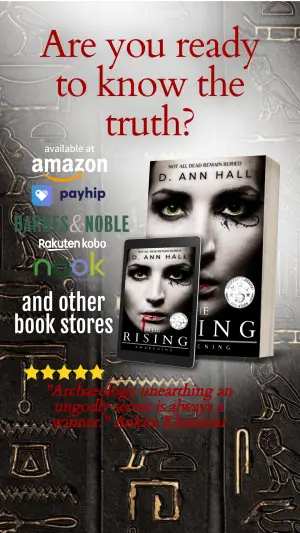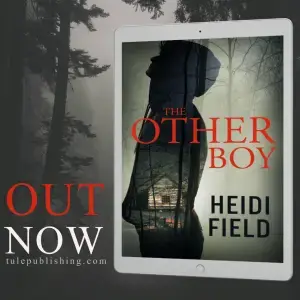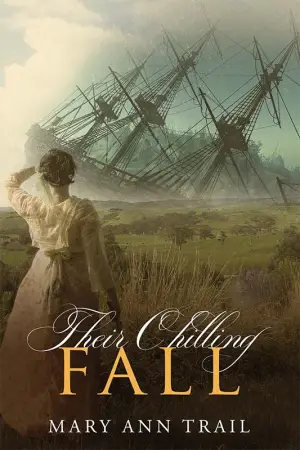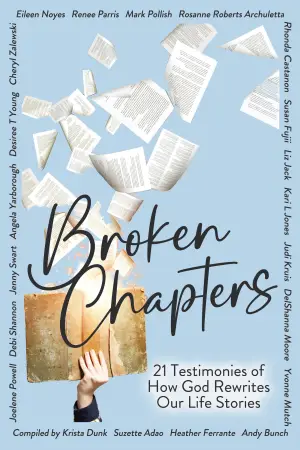The Notebook: A History of Thinking on Paper — A Celebration of Thought
As someone who came into the world clutching a pen and paper, I found myself irresistibly drawn to The Notebook: A History of Thinking on Paper by Roland Allen. This book resonated deeply with me—not merely as an exploration of writing but as a love letter to the very act of putting pen to paper. Being an educator, my mission has always been to help young minds discover and express their unique voices, and Allen’s insightful narrative made me reflect on the power of writing in our lives.
The Notebook takes us on a fascinating journey through the history and evolution of notebooks, revealing how this seemingly simple tool has profoundly impacted our ability to think, create, and understand the world around us. Allen seamlessly blends historical anecdotes with contemporary examples, creating a captivating exploration of the role notebooks have played in the lives of visionaries, from Magellan to Picasso, and even Anne Frank to Hemingway.
One theme that particularly struck me was how notebooks serve as a window into ordinary life across centuries. They have been the quiet companions of naturalists documenting their discoveries and investigators piecing together clues in investigations when all they had was keen observation. I was fascinated to learn about Ryker Carroll, a young man with ADHD who developed Bullet Journaling. This methodology, designed to aid executive functioning, embodies the innovative spirit of writing itself—transforming chaos into order and allowing us all to harness the power of thought and creativity.
Allen’s writing is as engaging as it is informative. He has a knack for making history feel alive, infusing his prose with warmth and a sense of wonder. The paced narrative allows readers to absorb the weight of historical significance without feeling bogged down—a delicate balance that he achieves beautifully. I was particularly struck by his assertion that despite the advancements in technology, traditional handwriting remains the most effective cognitive tool we have. This resonates with me deeply; there’s something viscerally impactful about forming letters by hand that simply can’t be replicated on a screen.
One memorable quote from the book is when Allen states that the notebook “challenges us to create, to explore, to record, to analyze, to think.” This encapsulates precisely what I believe—writing is inherently an act of self-discovery. I also appreciated the exploration of practices like Julia Cameron’s Morning Pages, which highlight the therapeutic potential of journaling, a theme that resonates with so many in our fast-paced, often overwhelming lives.
The Notebook feels like a rallying cry for anyone who has ever felt the reverberations of their thoughts on paper. It’s a compelling read for writers, educators, artists, and anyone seeking to cultivate a deeper understanding of themselves and the world. Allen’s work invites us to reflect on our relationship with writing and encourages us to pick up that pen again.
In conclusion, if you’ve ever wondered about the power of writing or sought to rekindle your love affair with notebooks, this book is a beautiful reminder. It encourages us to embrace our thoughts in their rawest form, laying out the landscape of our minds and hearts, ultimately leading to a richer, more fulfilled existence. I finished this book with a revitalized passion for writing—and, perhaps, a newfound understanding of my own journey in helping others find theirs.
Discover more about The Notebook: A History of Thinking on Paper on GoodReads >>















